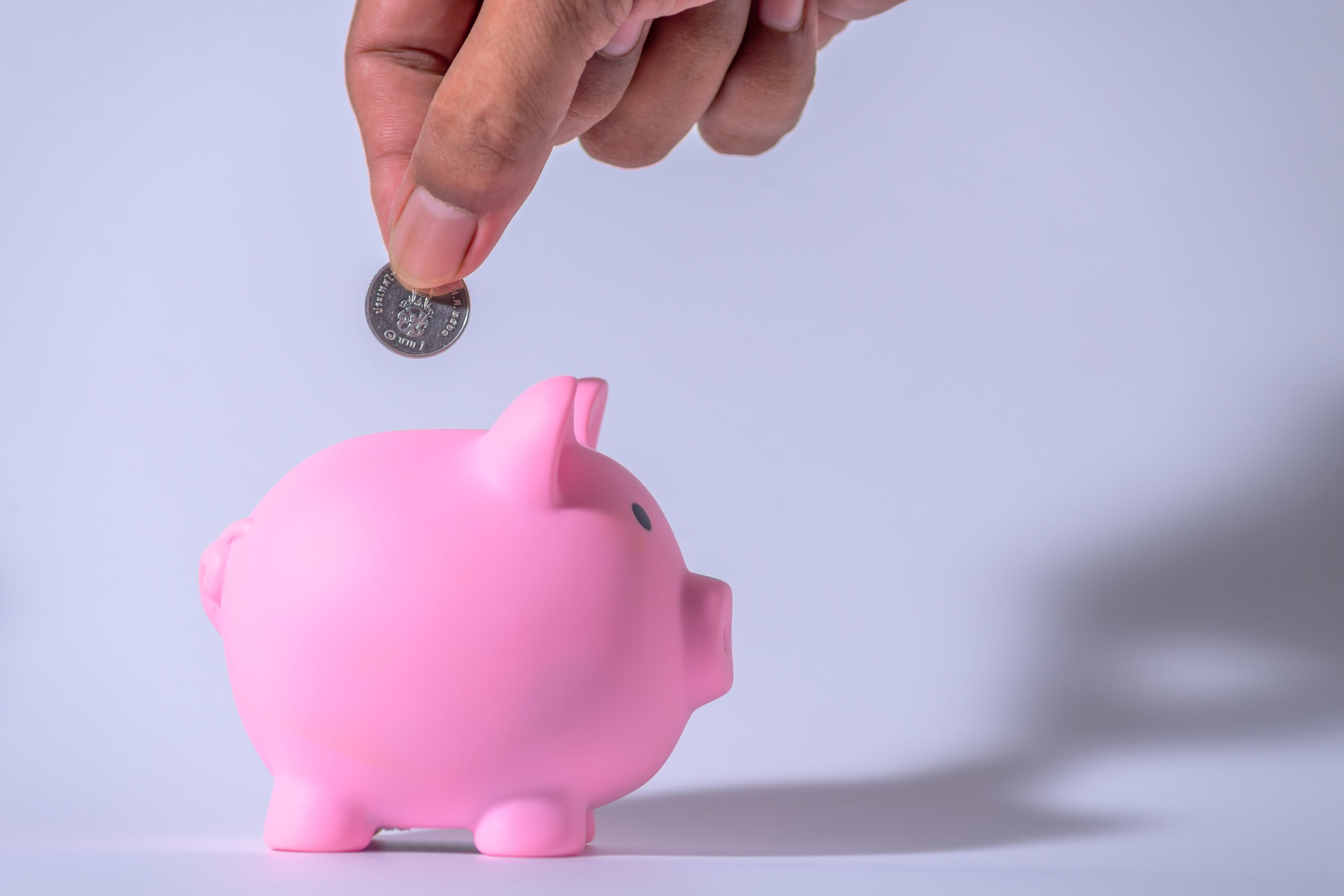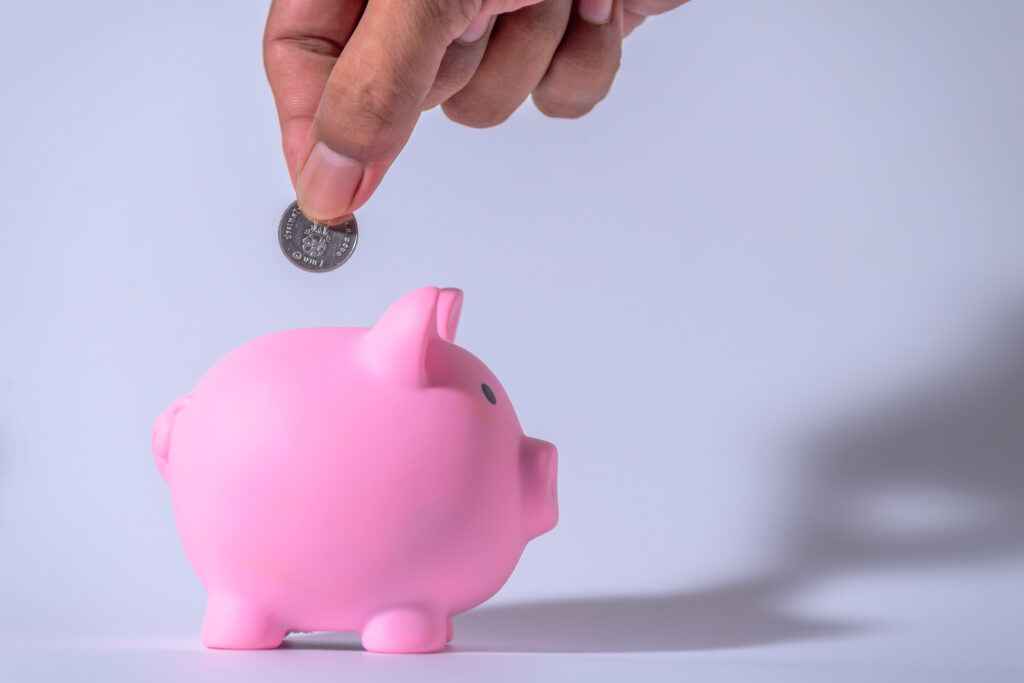
Ecommerce is evolving rapidly, and one of the most dynamic aspects of this evolution is the way we make payments online. Currently, in 2023, several ecommerce payment trends are reshaping the industry, therefore, making it easier and more convenient for both consumers and businesses. As such, in the piece below, we’ll explore these trends and their impact on the ecommerce landscape.
Mobile Wallets Revolutionize Payments
___________
Mobile wallets are at the forefront of the ecommerce payment revolution. With the increasing use of smartphones, consumers are embracing the convenience of digital wallets like Apple Pay, Google Wallet, and Samsung Pay.
These wallets allow users to store their payment information securely on their devices, enabling swift and contactless payments. Moreover, many ecommerce platforms now support these wallets, streamlining the checkout process and reducing cart abandonment rates.
Buy Now, Pay Later (BNP) Options Gain Popularity
___________
Buy Now, Pay Later services are changing the way people shop online. BNPL platforms like Afterpay and Klarna offer consumers the option to split their purchases into smaller, interest-free payments over time.
This trend not only enhances the affordability of products but also boosts conversion rates for ecommerce businesses. Shoppers are drawn to the flexibility BNPL offers, making it a prominent trend in 2023.

Cryptocurrency Acceptance Expands
___________
Cryptocurrencies, such as Bitcoin (BTH) and Ethereum (ETH), have gained widespread acceptance in the ecommerce industry. More online retailers are now accepting digital currencies as a form of payment.
This trend not only attracts cryptocurrency enthusiasts but also opens up new markets globally. The decentralization and security features of cryptocurrencies make them an attractive option for online transactions, reducing fraud and chargeback risks.
Voice Commerce and Smart Speakers
___________
Voice commerce is emerging as a game-changer in the ecommerce payment landscape. Smart speakers like Amazon’s Alexa and Google Home enable users to make purchases through voice commands.
With improved security measures, voice commerce is becoming more trusted among consumers. Beyond 2023, we can expect more businesses to optimize their platforms for voice-activated payments, enhancing the convenience of online shopping.
Enhanced Security Measures
___________
As online payment methods advance, so do security measures. Ecommerce businesses are implementing multifactor authentication, biometrics, and AI-driven fraud detection systems to protect customers’ financial data.
This not only safeguards sensitive information but also enhances consumer trust in online shopping. In the near future, these security measures will continue to evolve to combat emerging cyber threats.
Personalized Payment Experiences
___________
Personalization is key to improving the overall ecommerce experience. Therefore, payment processors are now focusing on providing tailored payment options based on individual consumer preferences.
This includes offering various payment methods, discounts, and loyalty programs. Customizing the payment journey enhances user satisfaction and encourages repeat business.
Augmented Reality (AR) Shopping and Payments
___________
You’d have to have been living under a rock not to notice how augmented reality is transforming the way consumers shop online. AR technology allows customers to visualize products in their real-world environment before making a purchase.
Currently, in 2023, we can expect an integration of AR with payment systems, enabling users to make instant purchases while experiencing products virtually. This immersive shopping experience is set to increase conversion rates and reduce return rates.
Subscription-Based Payment Models
___________
Subscription-based ecommerce models are gaining traction. Businesses across various industries, from streaming services to meal kit delivery, are offering subscription-based payment options.
Consumers appreciate the convenience of automatic payments, and businesses benefit from recurring revenue streams. And now in 2023, we witness the expansion of subscription-based models in ecommerce, catering to diverse consumer needs.
Cross-Border Ecommerce Payments
___________
Next up, we have cross-border ecommerce payments. Namely, globalization continues to drive cross-border ecommerce, and payment methods are adapting to this trend. Payment processors are now offering multi-currency support, lower foreign exchange fees, and localized payment options.
All this simplifies cross-border transactions for businesses and makes international shopping more accessible for consumers.
Sustainable Payment Practices
___________
Sustainability is a growing concern, and it’s influencing ecommerce payment trends as well. As such, consumers are becoming more conscious of their environmental footprint and are seeking eco-friendly payment options.
Therefore, some businesses are now offering incentives, such as discounts, for customers who choose green payment methods like digital receipts or electronic invoices.
What Can We Expect From the Future?
___________
As we delve into the dynamic world of ecommerce payment trends in 2023, it’s important to consider what the future might hold. Hence, here are some insights into the potential developments and innovations that could shape the ecommerce payment landscape in the years to come:
Biometric Authentication Becomes Standard
Biometric authentication methods, such as fingerprint recognition and facial scanning, are likely to become standard for verifying online payments. These methods offer a high level of security while simplifying the checkout process, making them a natural progression in the world of online payments.
AI-Powered Personalization
Artificial intelligence and machine learning will play an increasingly significant role in personalizing the payment experience. For example, payment platforms will utilize AI to analyze consumer data and offer tailored payment options and discounts in real time, further enhancing user satisfaction and boosting sales.
Blockchain Integration Expands
While cryptocurrencies are already making waves, blockchain technology will have a broader impact on ecommerce payment systems. Blockchain’s transparency, security, and ability to streamline transactions will lead to its integration into various aspects of the payment process, reducing fraud and transaction costs.
Enhanced Cross-Device Compatibility
As consumers switch between smartphones, tablets, and desktops, seamless cross-device payment experiences will become paramount. Therefore, ecommerce platforms will focus on ensuring that the payment process is consistent and user-friendly across all devices, reducing friction in the customer journey.
Social Commerce and Payment Integration
Social media platforms are increasingly becoming shopping destinations. In the future, we can expect tighter integration between social media and ecommerce payments. This could include in-app purchases directly from social platforms, making shopping even more convenient for users.
Environmental-Friendly Payment Initiatives
Sustainability will continue to be a driving force in ecommerce. Payment providers and businesses may introduce initiatives that allow consumers to make eco-conscious choices during the payment process, such as carbon offset contributions or the option to support sustainable causes.
Enhanced Real-Time Fraud Prevention
As ecommerce continues to grow, so does the sophistication of cybercriminals. In response, payment processors will invest in real-time fraud detection and prevention systems, ensuring that consumers and businesses are protected from evolving threats.
Further Expansion of Voice Commerce
Voice commerce will become more intuitive and widespread. Voice assistants will understand user preferences better and offer more personalized product recommendations and payment options, making voice-activated shopping a seamless experience.
Seamless Integration of Augmented Reality (AR)
AR will not only enhance product visualization but will also seamlessly integrate with payment processes. Shoppers will be able to try on virtual clothes, see how furniture fits in their homes, and make instant purchases without leaving the AR environment.
Regulatory Changes and Compliance
As the ecommerce payment landscape evolves, governments and regulatory bodies will introduce new rules and standards to ensure security and fairness. Businesses will need to adapt to these changes while maintaining customer trust and compliance.
Summary
___________
The ecommerce payment landscape in 2023 is characterized by rapid innovation and adaptation to consumer preferences. Mobile wallets, BNPL options, cryptocurrencies, voice commerce, enhanced security, personalization, AR shopping, subscription-based models, cross-border payments, and sustainability are among the key trends shaping the industry.
For businesses, staying ahead in this dynamic environment means embracing these trends to enhance the customer experience, drive sales, and build trust. Moreover, as technology continues to evolve, we can expect even more exciting developments in the world of ecommerce payments in the coming years.
Overall, it’s an exciting time for both consumers and businesses as the online shopping experience becomes more convenient, secure, and personalized than ever before.